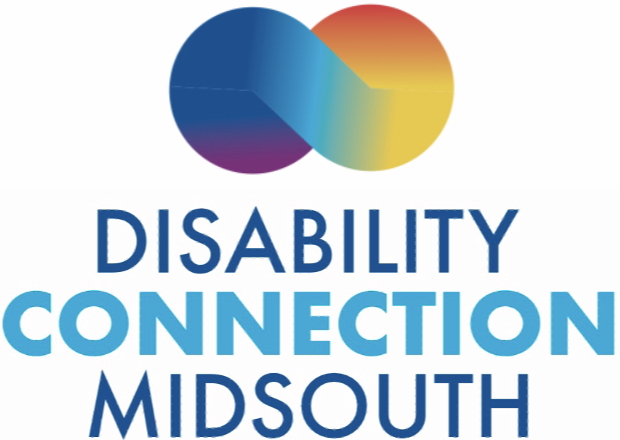October is Domestic Violence Awareness Month.
By Timothy Redd
Domestic Violence Awareness Month (DVAM) evolved from the "Day of Unity" held in October 1981 and conceived by the National Coalition Against Domestic Violence. The mission was to connect advocates across the nation who were working to end violence against women and their children.
Domestic Violence Awareness Month (DVAM) evolved from the "Day of Unity" held in October 1981 and conceived by the National Coalition Against Domestic Violence. The mission was to connect advocates across the nation who were working to end violence against women and their children.
The Day of Unity soon became an entire week
devoted to a range of activities conducted at the local, state, and national
level. The activities conducted were as varied and diverse as the program sponsors
but had common themes:
- Mourning those who have died because of domestic violence
- Celebrating those who have survived
- Connecting those who work to end violence
These three themes remain a key focus of DVAM
events today. In October 1987, the first Domestic Violence Awareness Month was
observed. That same year marks the initiation of the first national domestic
violence toll-free hotline. In 1989, the U.S. Congress passed Public Law
101-112 designating October of that year as National Domestic Violence
Awareness Month. Such legislation has passed every year since with National
Coalition Against Domestic Violence providing key leadership in this effort.
Each year, the Day of Unity is celebrated the first Monday of Domestic Violence
Awareness Month.
Anyone of any race, age, sexual orientation,
religion, disability or gender can be a victim – or perpetrator – of domestic
violence. Domestic violence includes behaviors that physically harm, arouse
fear, prevent a partner from doing what they wish or force them to behave in
ways they do not want. It includes the use of physical and sexual violence,
threats and intimidation, emotional abuse and economic deprivation. Many of
these different forms of domestic violence and abuse can be occurring at any
one time within the same intimate relationship.
According
to the National Coalition Against Domestic Violence in the United States, an
average of 20 people are physically abused by intimate partners every minute.
This equates to more than 10 million abuse victims annually. When looking at
the rate of abuse the numbers are staggering. The World Health Organization
reports that children and adults with disabilities are at much higher risk of
violence than their non-disabled peers, according to two systematic reviews
recently published in the Lancet.
A 2012 review found that children with
disabilities are almost four times more likely to experience violence than
non-disabled children. The review also indicated that children with
disabilities are 3.7 times more likely than non-disabled children to be victims
of any sort of violence, 3.6 times more likely to be victims of physical
violence, and 2.9 times more likely to be victims of sexual violence.
Children with mental or intellectual impairments
appear to be among the most vulnerable, with 4.6 times the risk of sexual
violence than their non-disabled peers. The systematic review on violence
against adults with disabilities, published in February 2012, found that
overall they are 1.5 times more likely to be a victim of violence than those
without a disability, while those with mental health conditions are at nearly
four times the risk of experiencing violence.
“The results of these reviews prove that people
with disabilities are disproportionately vulnerable to violence, and their
needs have been neglected for far too long,” notes Dr. Etienne Krug, Director
of WHO’s Department of Violence and Injury Prevention and Disability. “We know
that specific strategies exist to prevent violence and mitigate its
consequences. We now need to determine if these also work for children and
adults with disabilities. An agenda needs to be set for action."
Some of the factors that contribute to the higher
risk of violence are stigma, discrimination, and ignorance about disability, as
well as a lack of social support for those who care for them. Placement of
people with disabilities in institutions also increases their vulnerability to
violence. In these settings and elsewhere, people with communication
impairments are hampered in their ability to disclose abusive experiences.
If you are a victim of domestic violence don’t
hesitate to call 911 and you also seek help with the Nation Domestic Abuse
Hotline. 1-800-799-7233.
To learn more look at these links:


No comments:
Post a Comment